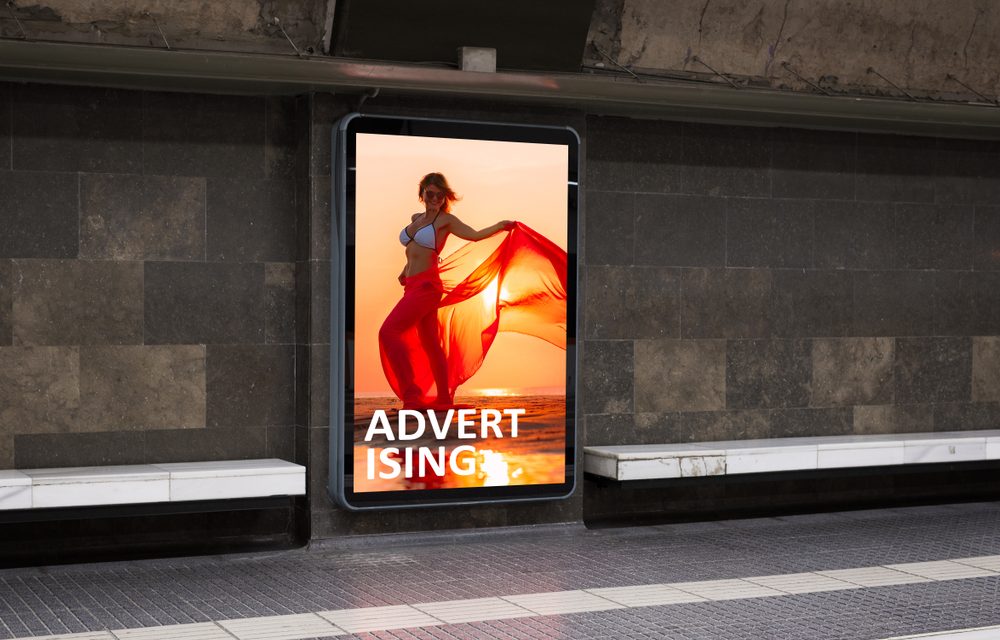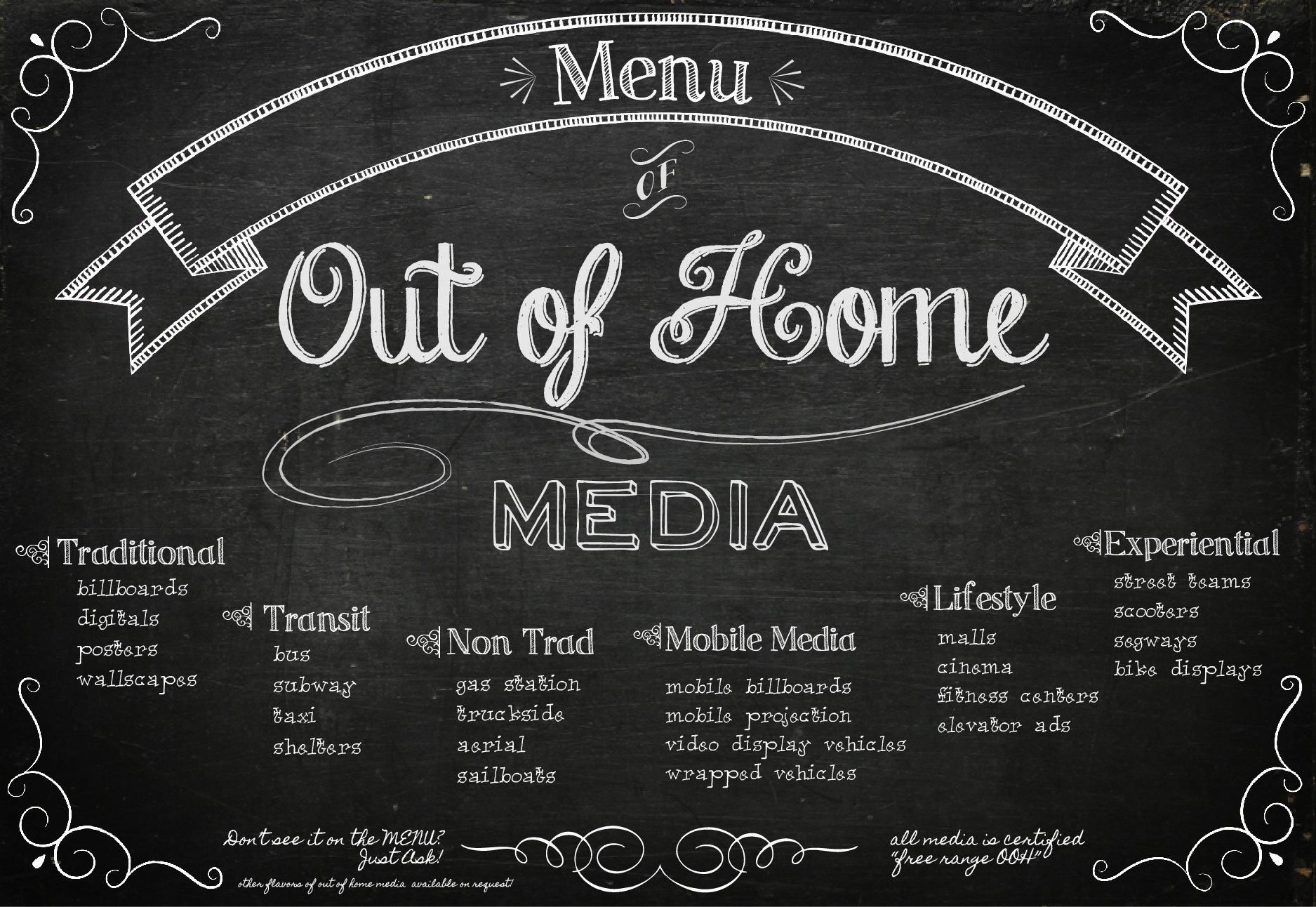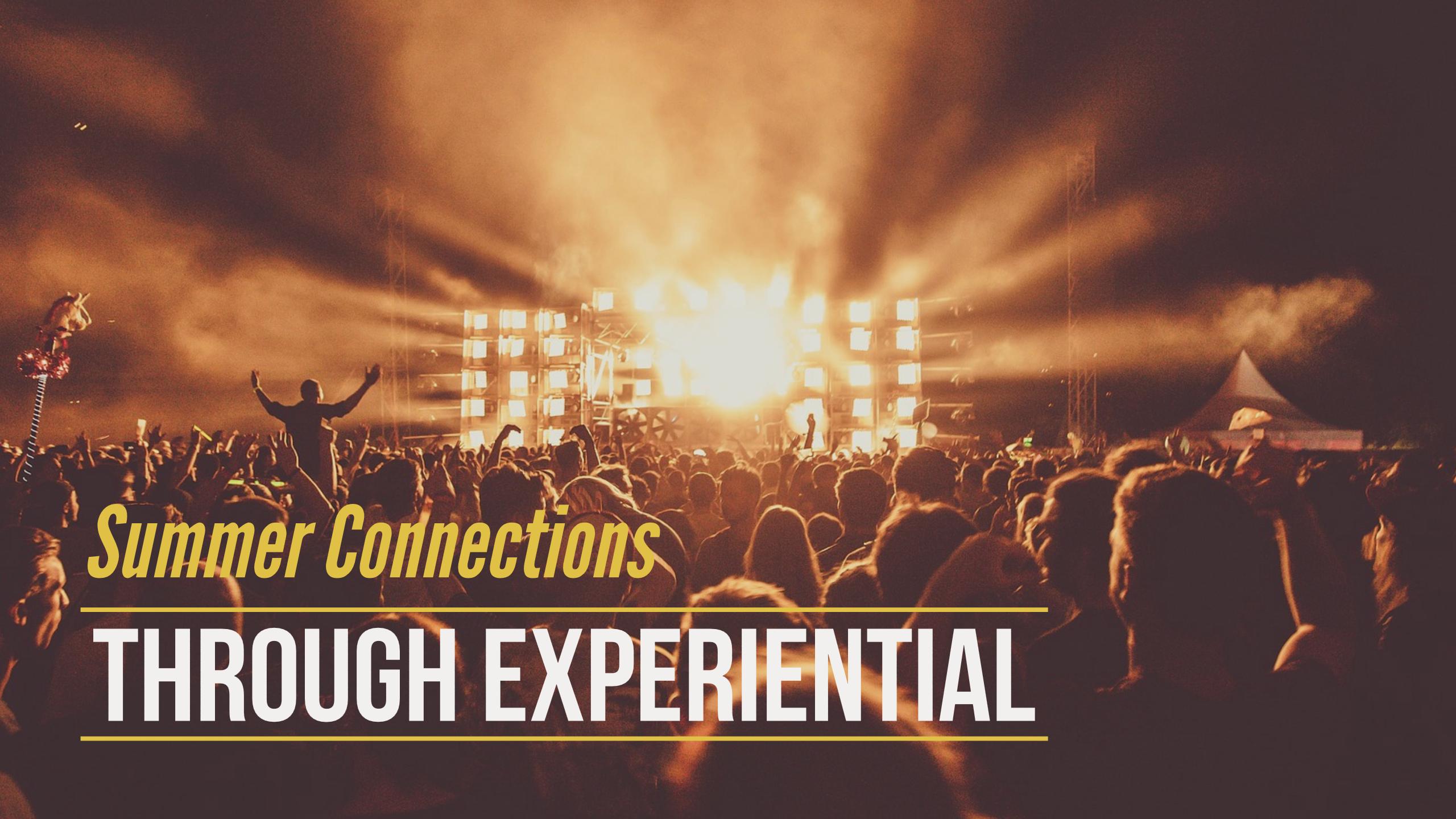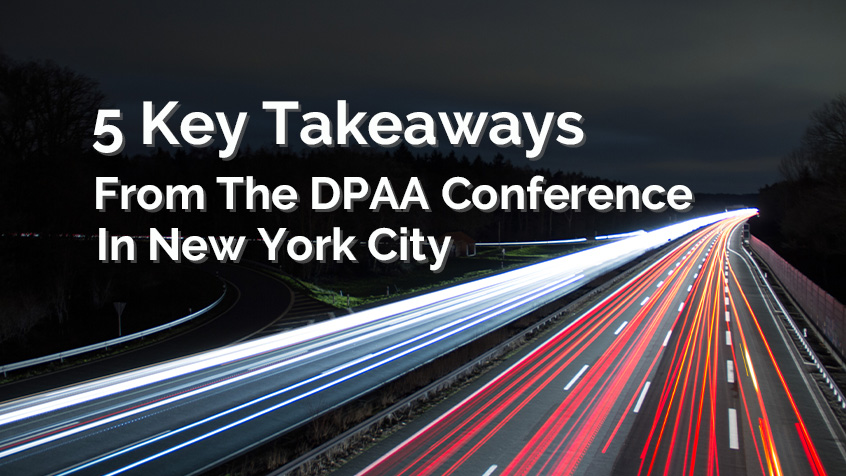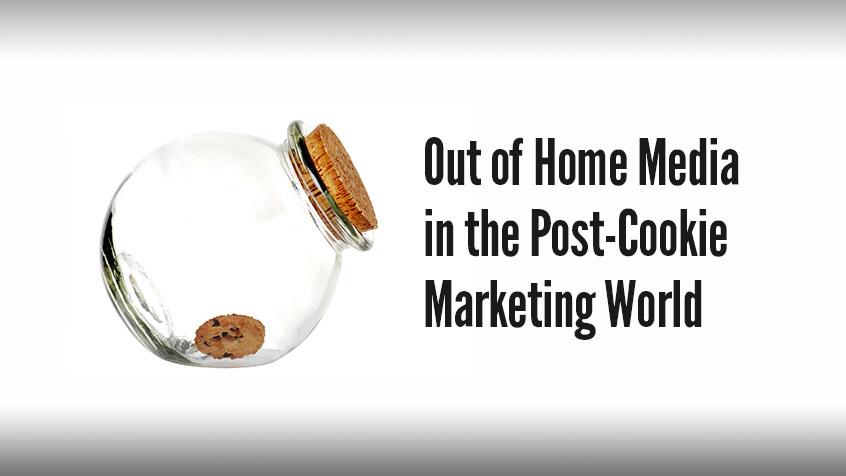Digital Out of Home Is Here to Stay
Why is digital out of home advertising ubiquitous in today’s market? Digital out of home media shares all the strengths of its static OOH counterparts. It is big, bold, and unskippable. It reaches audiences as they go about their daily lives and can intercept them at key points like their path to purchase. It can reach large audiences efficiently, cost-effectively, and at scale, and yet it can also be highly targeted, zeroing in on specific neighborhoods or key demographics. But it also has a number of advantages over print OOH advertising, from creative flexibility, to high visibility, to dayparting and cost efficiencies. In this article, we’ll explore what digital OOH advertising is, how it’s different from print OOH advertising, and what the advantages are.
What Is Out-of-Home Digital?
Almost all printed out-of-home spaces have a digital out of home counterpart. Digital screens now exist on billboards, in transit, and on lifestyle options. The percentage of overall spaces that are digital is growing rapidly because of all the advantages digital media provides. From 2021 to 2022, American digital OOH advertising alone jumped 24.2%.
Examples include:
- bulletins (what most people call billboards)
- transit shelters
- bike shelters
- taxi tops
- mobile billboards
- gyms
- grocery stores
- gas stations
- subway stations
How Does Digital Out of Home Differ from Traditional Out of Home?
Digital out of home uses one of a variety of types of digital screens—from giant bulletin-sized screens, down to small phone-sized ones—as opposed to traditional media with one static picture on display. Advertisements will rotate through a “loop” that is usually 6-8 seconds each. Some DOOH is even capable of showing full-motion video, akin to a short commercial for your product or service, although this depends on its location. Instead of being on TV, it finds someone while they’re waiting for the bus, waiting in line at the grocery store, or getting gas.
6 Benefits of Digital Out of Home Advertising
More Room for Creativity
Digital OOH opens up a lot of opportunities for more engaging creativity. Because you don’t have to invest in the production dollars as you would for a traditional bulletin or posters, you can divert that budget into creative development and media, maximizing your space in the market. You can run different creatives, and throughout the campaign, notice if you’re getting more activity when a certain ad is up. That gives you the flexibility you don’t have with printed OOH media. Turnaround time is also much faster for digital OOH, sometimes in as little as an hour.
And we’ve all seen the amazing creative employing anamorphic 3D activations. These activations push the boundaries of what is possible with out of home. While site locations may be somewhat limited, these groundbreaking creatives more than make up for any constraints with the earned media value they get on social media.
Space for Multiple Ads
You can also run multiple creatives throughout the day on a digital screen, which you can’t do on a printed billboard. Advertisers can take advantage of tools like dayparting—showing different ads at different times of day—to use different creative options. The classic example is a quick service restaurant (QSR) that can display breakfast items during the morning rush hour, lunch specials in the middle of the day, and family-focused meal options in the evening drive time. Or you can buy out an entire area for one afternoon, as the fashion brand Fendi did in Times Square in 2021. This means you can spend your ad money more economically.
Dynamic Content And Real-Time Events
Digital out of home also offers the opportunity to employ dynamic creative—that is, having a base creative, with a certain part segmented out for information that can change. This hearkens back to the old “time and temperature” boards, but with much greater sophistication. For example, a brick and mortar establishment with multiple locations in a market can use one creative, and have the address for the nearest location filled in dynamically on each display. Or, you could show the current wait time at a local restaurant.
You can also tie digital OOH media to live local events. For example, you could run an ad that is linked to pollen counts, so when the pollen count level reaches a certain threshold, an allergy medication ad runs. Or, if the UV index goes over a certain point, you could advertise sunscreen. Similarly, you can show your support for the hometown sports team and show real-time score updates. Entertainment venues can create a constantly updated schedule of artists coming to town, including how many tickets are left.
Prime Locations
It’s a large investment for billboard companies to convert static billboards to digital billboards. It’s also a large investment for companies that are creating new digital networks, like the interactive street kiosks popping up in major markets across the country. That means that media companies are looking at their most valuable, high-profile inventory to convert first. As a result, the locations of these newer digital billboards are excellent for maximizing ROI for the companies.
What this means for advertisers is that digital inventory often represents some of the best OOH available in a market—particularly when it comes to larger format inventory like billboards.
User-Generated/Interactive Content
Another way to take advantage of the speed, flexibility, and dynamic content of digital out of home is to conduct campaigns that utilize user-generated content. This can include comments, posts, images from your social media channels (moderated, of course), or even contests to create content for your displays. When you ask users to create their own content with a branded hashtag you’ve made, you can show those users’ content on your digital OOH media. And they can see it almost instantly, in real-time, so it’s a great way to increase engagement from your audience. It also helps to cross-market between your online and social channels and your out of home media.
Programmatic Buying Options
The growth of digital out of home has been paralleled by the emergence of programmatic platforms to plan, buy, and activate DOOH. While this is still an evolving media ecosystem, it does bring some immediate advantages to advertisers and add another tool to the OOH media planners tool belt.These benefits include:
- Campaign-level flexibility: Programmatic campaigns can be paused, activated, updated, or modified in almost real-time. If circumstances change, a promotion runs its course, a new competitor enters the market, etc., marketers can respond very quickly. With pDOOH, marketers can access a wide array of media options.
The Future of OOH Media
While there is still value to static inventory, the numerous benefits of digital out of home media are part of the reason that its prevalence is increasing. With so many benefits, it’s clear that digital OOH media is an essential part of any OOH marketing strategy.
Contact EMC Outdoor
Ready to get started on a digital OOH media campaign? At EMC Outdoor, we can help you reach your business goals with exceptional OOH marketing. Visit our website to learn more.

